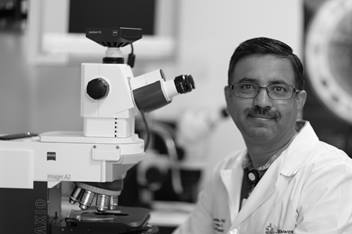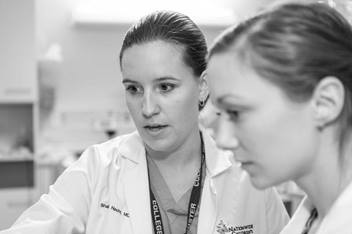Innovation Center
The Innovation Center at Nationwide Children’s Hospital is a team of clinicians, researchers, and engineers dedicated to advancing patient care through medical device innovation, design and commercialization. Our collaborative approach brings together diverse expertise to solve healthcare’s most pressing challenges.
About the Innovation Center
Mission Statement
Founded in 2022, the Innovation Center drives the discovery, development and delivery of pediatric innovations. By creating solutions for unmet needs, supporting the commercialization of hospital-born inventions and educating the next generation of innovators, we translate ideas into real-world impact for children.
Vision Statement
To be the central hub for innovation at Nationwide Children’s Hospital, recognized and respected for fostering a culture of creativity, collaboration and entrepreneurship. By expanding the pipeline of groundbreaking ideas, supporting their journey to market and cultivating leaders in medical innovation, we will enhance the pediatric standard of care, generate lasting value for the hospital and shape the future of children’s health worldwide.
Leadership Team

Cory Criss, MD
Director of the Innovation Center
Cory Criss, MD, is a pediatric surgeon at Nationwide Children’s Hospital and the director of its Innovation Center, where he helps transform unmet clinical needs into new medical technologies. He also serves as program director for the Surgical Critical Care Fellowship and co-director of the ECMO service. Beyond his clinical and teaching roles, Dr. Criss is chief operating officer and co-principal investigator of the Midwest Pediatric Device Consortium, a multi-million-dollar FDA-funded initiative accelerating the development and commercialization of pediatric-specific medical devices. His work reflects a commitment to advancing children’s health while cultivating the next generation of medical innovators.
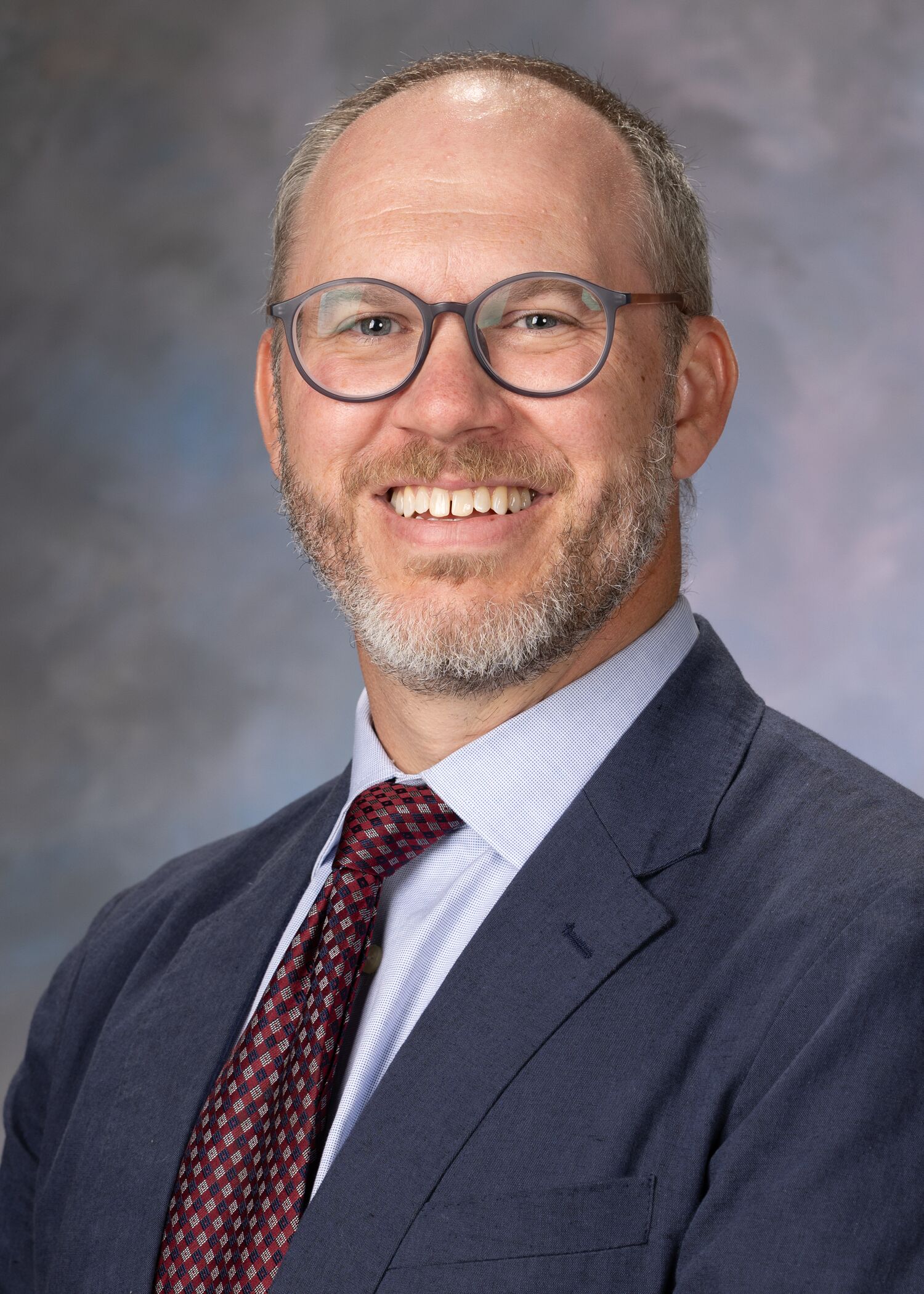
Jon Campbell
Educational Coordinator
Jon is the educational coordinator and a project engineer at the Nationwide Children’s Hospital Innovation Center. He brings a strong background in medical innovation, having worked in the startup space and previously managed the Innovation Fellowship program at the University of Michigan. At Nationwide Children’s, Jonathan combines his engineering expertise with a passion for education, guiding fellows and clinicians through the biodesign process and supporting the development of novel pediatric solutions.
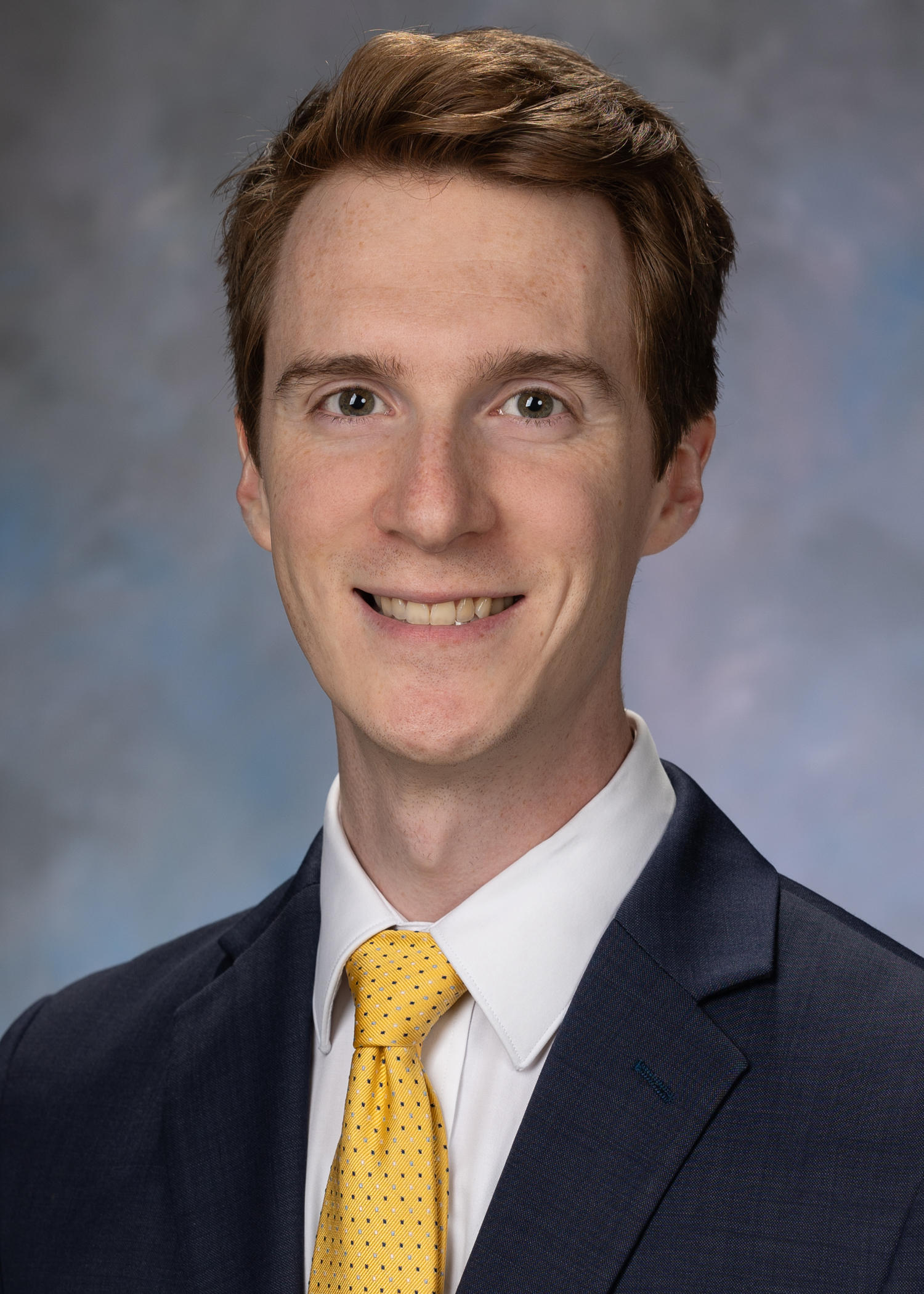
McKay Noll
Program Manager
McKay is the managing director of the Midwest Pediatric Device Consortium and program manager for the Innovation Center at Nationwide Children’s Hospital. With a strong background in product development and the medtech regulatory space, McKay oversees strategy and partnership development to accelerate pediatric medical device innovation. His expertise bridges regulatory pathways and commercialization, helping bring life-changing startup technologies from concept to clinic.
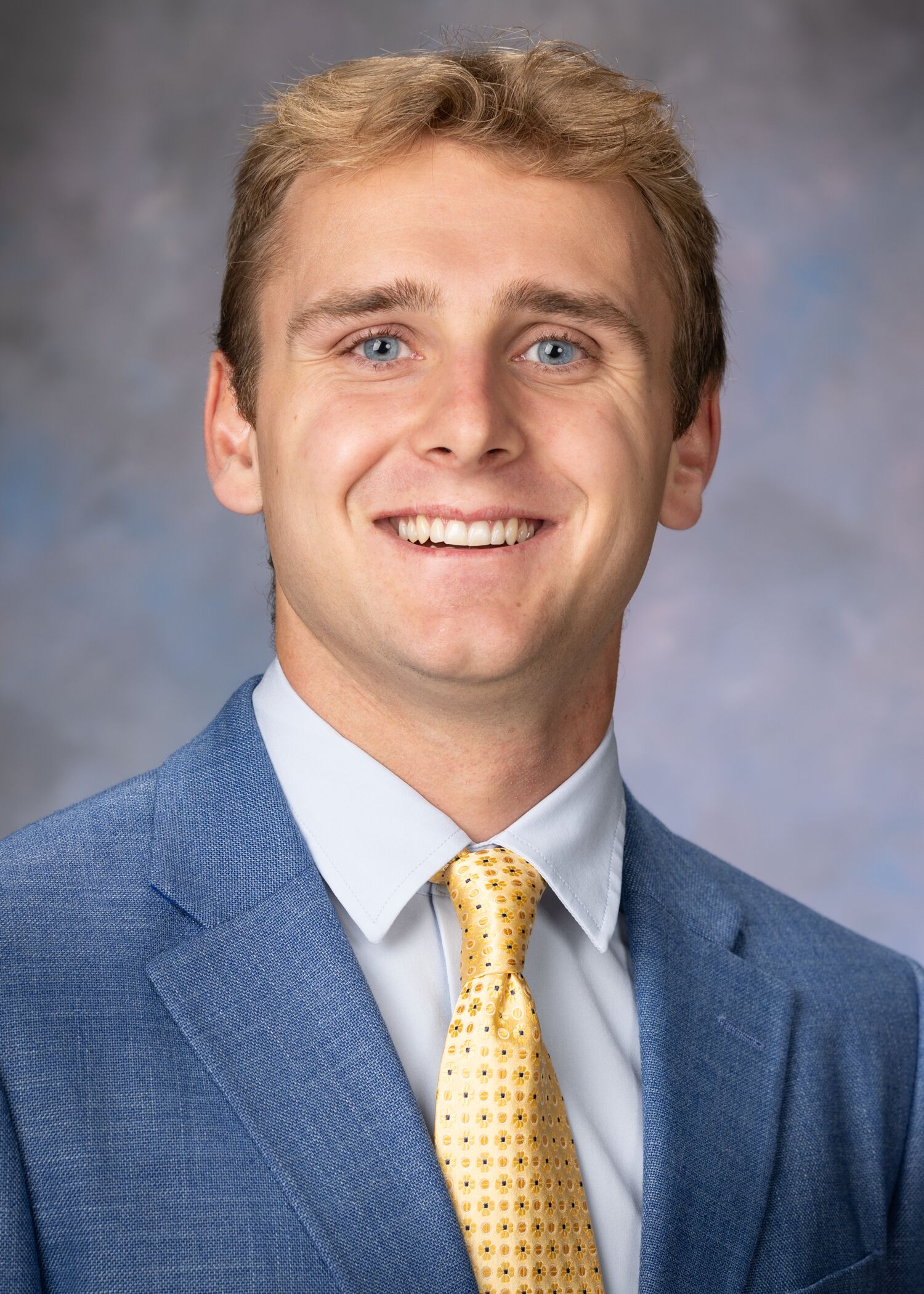
Jackson Weeks
Operations Manager
Jackson is the operations manager at the Innovation Center. A 2024 graduate of Bucknell University, Jackson has completed the Innovation Fellowship, where he trained in the biodesign process and medical technology development. In his current role, he supports the Center’s operations and helps drive initiatives that foster innovation in pediatric health care.
Current Fellows

Elly Wrasman
Innovation Engineering Fellow
Elly recently graduated with her bachelor’s in biomedical engineering and is currently pursuing her master's in biomedical engineering at The Ohio State University.
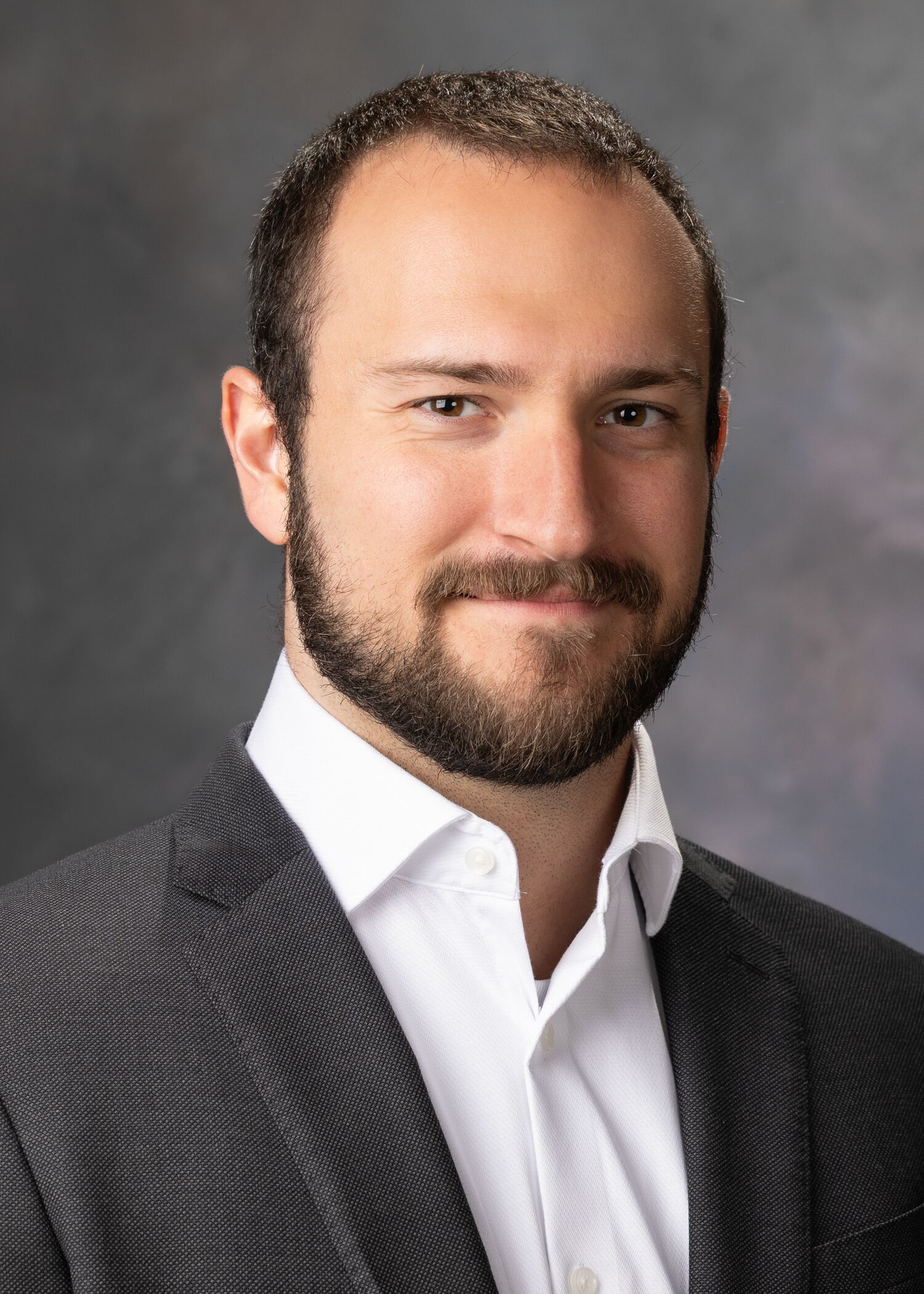
Jon Stranan
Innovation Engineering Fellow
Jon is a mechanical/biomedical engineer currently working as a fellow in the Nationwide Children's Innovation Center. He received his bachelor's degree in mechanical engineering from The Ohio State University in 2019. After his bachelor's degree, he went to work at Timken Steel in Canton, Ohio as a steel business associate, working on various process improvement projects, along with being a supervisor in the rolling mill and finishing department. In 2021, he began his master's in biomedical engineering under the advisement of Dr. Daniel Gallego Perez at OSU where he later transitioned into his PhD after completion of his masters. During his time in graduate school, his thesis revolved around developing cell therapies to help revascularize the brain in AD mouse models; along with improving healing in damaged sciatic nerves via electroporation of pro angiogenic genes.
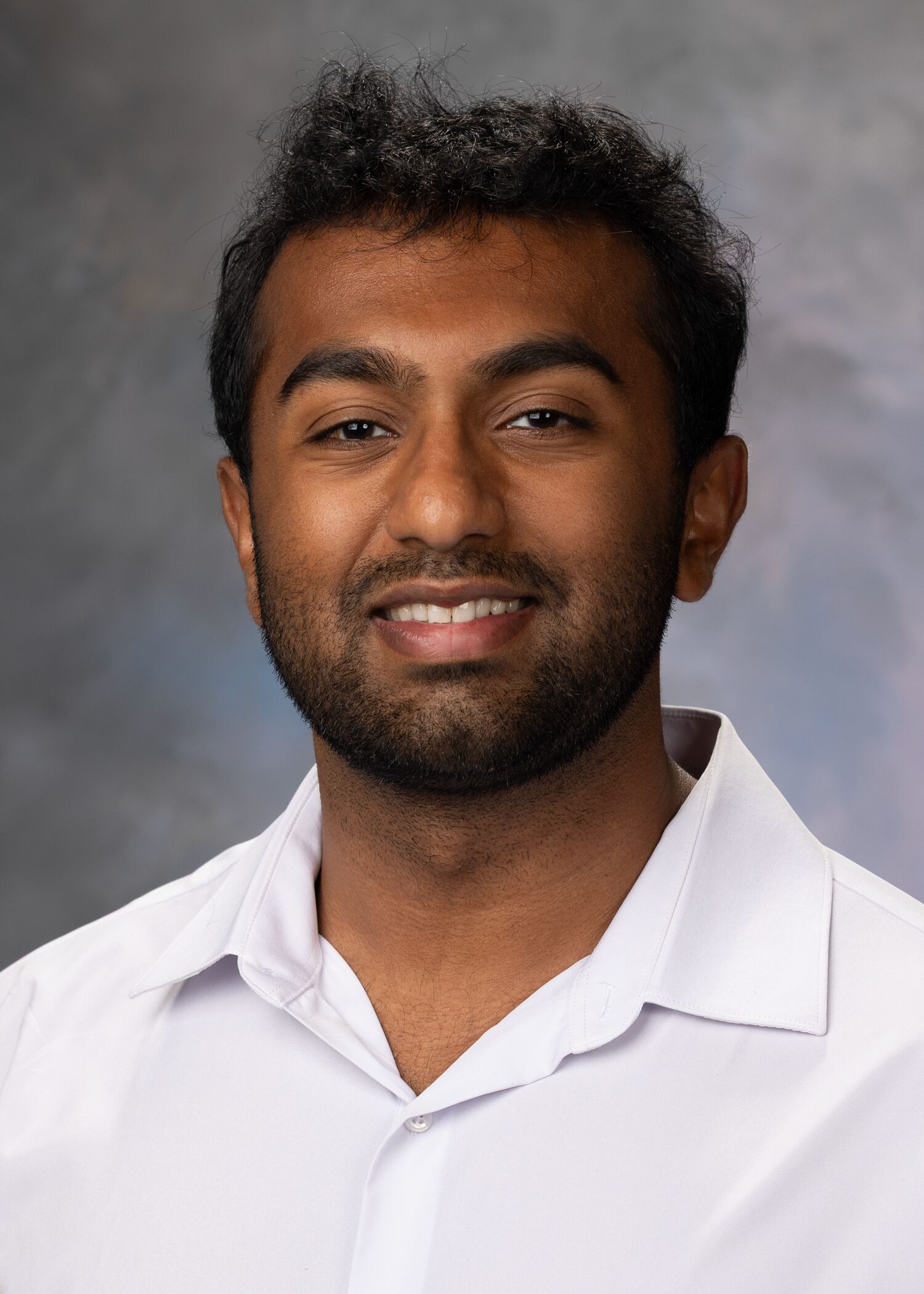
Srujan Jaladi
Innovation Engineering Fellow
Srujan has recently graduated from The Ohio State University with his master's in biomedical engineering in medical product development.
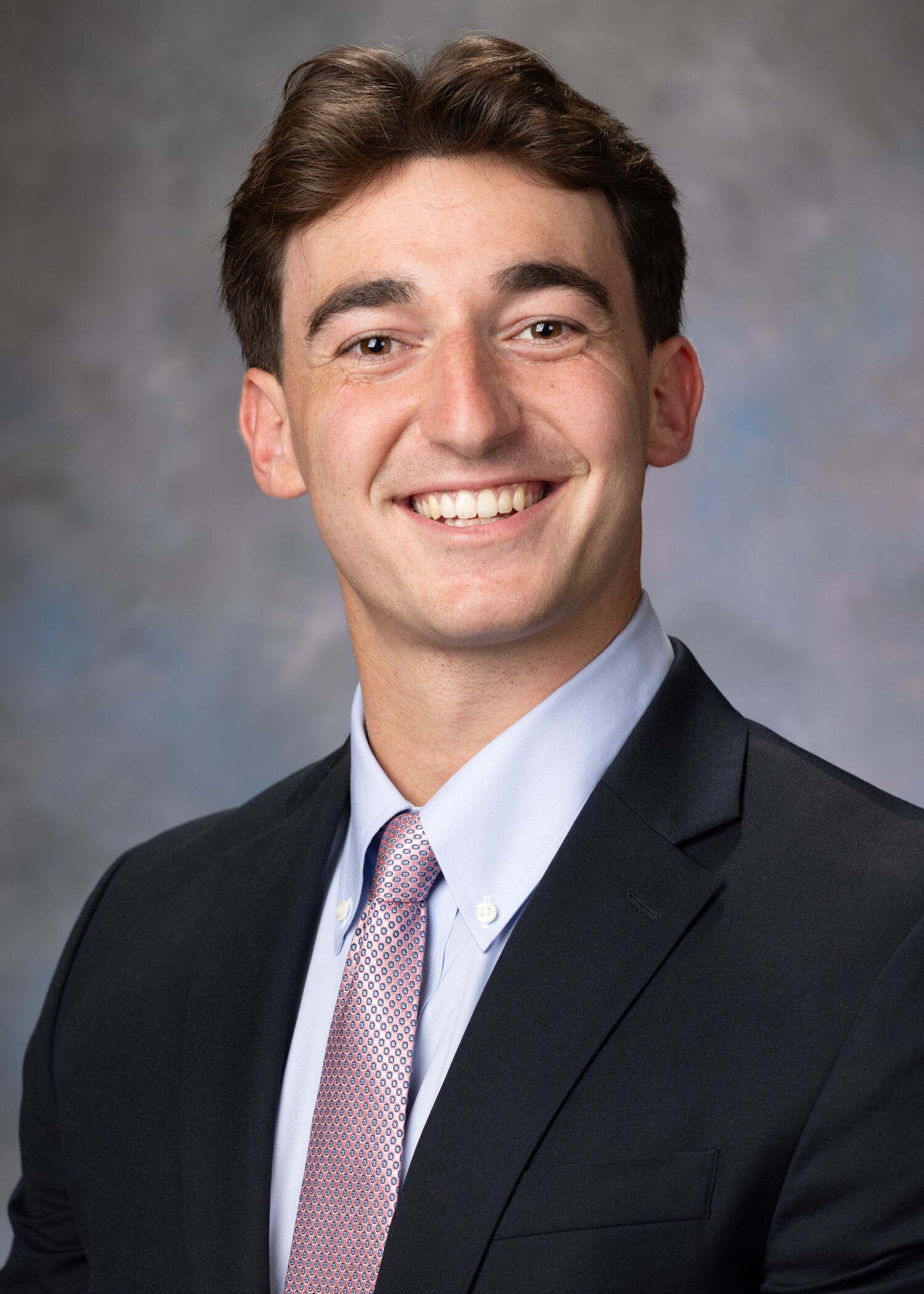
Timothy Dillon
Innovation Engineering Fellow
Timothy is a recent Biomedical Engineering graduate from Bucknell University.
Our Services
Innovation Support
We guide inventors through the entire innovation process, providing structured frameworks, resources, and mentorship to transform early-stage ideas into viable health care solutions.
Needs Assessment & Idea Validation
Our team helps identify and evaluate true unmet clinical needs, validating ideas against current practices and ensuring alignment with patient, clinician and system priorities.
Prototype Development & Testing
We support rapid prototyping and iterative testing, enabling inventors to refine their concepts and assess functionality, usability and safety early in the design process.
Clinical Champion Connections
We connect inventors with clinicians and subject matter experts who can advise their ideas, provide real-world feedback and help accelerate adoption within the hospital environment.
Market Landscape Analysis
We analyze the competitive landscape, benchmarking emerging and existing technologies to understand opportunities, risks and the potential value proposition of an innovation.
Stakeholder Interviews
Our team facilitates conversation with patients, clinicians and experts in the field to capture diverse perspectives, uncover workflow gaps and identify drivers for adoption.
Customer Discovery Facilitation
We coach inventors through structured customer discovery, helping them refine their problem statements and validate their solutions through evidence-based engagement.
Commercial Strategy
We provide guidance on market entry, reimbursement, pricing and business models to help inventors develop a sustainable and scalable commercialization plan.
Intellectual Property Guidance
We partner with the Office of Technology Commercialization to help inventors navigate intellectual property protection, including patents, licensing and ownership considerations.
Market Pathway & Regulatory Support
Our team advises on FDA classifications, regulatory requirements and market entry pathways to ensure compliance and smooth progression from concept to clinic.
Partnerships & Licensing Opportunities
We facilitate relationships with industry partners, investors and licensing opportunities to accelerate the path to commercialization and maximize clinical impact.
Innovation Entrepreneurship Bootcamp
The Innovation Bootcamp is a training program designed to help clinicians and researchers at Nationwide Children’s Hospital turn ideas into solutions that improve child health. Over six sessions, participants learn the basics of commercialization — from understanding the problem and market, to navigating regulatory pathways, intellectual property, funding, and building a roadmap to impact. Each cohort works closely with experienced advisors and mentors, gaining practical tools and support to move their projects closer to real-world use.
Innovation Fellowship
The Innovation Center at Nationwide Children’s Hospital is focused on the advancement of innovative pediatric medical device concepts within the health care system. The NIC offers a one-year, full-time Innovation Fellowship and training program to develop medical technologies which will significantly impact the health of pediatric patients. Working with the NIC team, the learning approach begins with a deep understanding of the unmet medical need and progresses through validation, design, prototyping, regulatory and business planning on the way to full commercialization. The engineering fellow will also support continuing projects generated by clinical innovators through project management, engineering support and communication with the Offices of Technology Commercialization, Midwest Pediatric Device Consortium, clinical research collaborators and external manufacturing partners. The fellow will be integrated into the Innovation Center, which is focused on device development through support of Nationwide Children’s clinicians.
Active participation in the fundamentals of the program:
- Project management
- Front-end innovation training
- Medical domain-specific immersion and training
- Training in human-centric observation techniques
- Identifying opportunities through clinical immersion
- Needs identification, concept generation and concept selection
- Design and prototype lab hands-on training
- Intellectual property strategy
- Regulatory and reimbursement strategy
- Business strategy and business plan development
- Project management of clinical engineering projects
- Clinical engagements with medical innovators
Throughout Innovation fellowship the fellows are expected to assist clinical and research innovators as well as find their own need and project to vet and move forward towards commercialization. Below are some of the educational topics, clinical experiences and technical expectations that the fellows will complete during the program.
Clinical:
- Clinical Integration
- Clinical Observation
- Clinician Interviews and Customer Discovery
- Presentation of Observation Outcomes and Needs
Project Management:
- Clinical Engagement Projects
- Bootcamp Cohort Projects
- Innovation Center Metric-Tracking and Presentation
Intellectual Property and Regulatory:
- Intellectual Property Prior Art Report
- Technical landscape analysis
- Invention Disclosure Contribution
- Regulatory Assessment Process
Hospital Payment and Reimbursement:
- Value Analysis Committee Voting
- Billing and Procurement Assessment
Technology Development:
- Lead Brainstorming Event
- Prototype Creation and Iteration
- External Manufacturing
Program Deliverables:
- Opportunity Hypothesis Collection and Presentation
- Opportunity Statement Presentations
- Final Opportunity Profile Presentation
Partnership and Collaboration
For partnership opportunities, email NIC@NationwideChildrens.org.
Success Stories
Pediatric burn injuries are considered the fifth-most common cause of non-fatal childhood injuries. One of the most essential parts of burn treatment includes compression therapy which involves applying custom fit garments, elastic bandages, silicone gel sheets and splints to apply constant pressure, reduce blood flow to scar tissue, control edema and alleviate pain. However, current treatment methods lack patient compliance in wearing garments, accurate garment measurements, consistent pressure delivery, comfort and significant reimbursement. This project addresses the need to improve multifactorial problems with current burn-patient treatments to increase effectiveness, reduce untreated patients and reduce hospital expenditures. In the past few years, the Innovation Center has made considerable progress in understanding the pressing need for custom compression garments and the various stakeholders involved in the procurement of these garments through 20+ customer interviews.
Pediatric patients with craniofacial abnormalities face difficulties when placing orthodontic elastics and often require assistance from a parent or guardian to properly place and remove them. Elastics are meant to be worn up to 24 hours per day for effective treatment. However, some children with craniofacial abnormalities face difficulties when attempting to place their elastics (such as cleft palate) when navigating difficult ana anatomy of their mouth. Additionally, patients with upper extremity deformities (such as ectrodactyly) or other disorders which affect dexterity, grip and coordination have difficult time placing elastics in their braces, which can deeply affect compliance. This project hopes to develop a method to address orthodontic elastic placement for pediatric orthodontic patients with craniofacial and upper extremity abnormalities that improve motor dexterity and placement ability of oral elastics. This is a internally developed Innovation Center project that was brought forward by one of the fellows as an opportunity for innovation. The Innovation Center has created functional prototypes and successfully applied for an IDF. Current developments include working on an IRB to test this device in clinical trials
Swallowing dysfunction occurs in 13% of all infants and 26% of premature infants, resulting in increased medical costs and decreased quality of life for the patients and families. The existing treatment is the insertion of a feeding tube, which is a minimally invasive procedure. However, a feeding tube poses a risk for infection and discomfort and does not exercise the muscles that the infants need to develop to learn to swallow and feed on their own. This project has developed a technique for improving the ability of a neonate to develop the physical coordination necessary to learn suck, swallow and breathe rhythm. The pacifier-shaped device will allow parents to stimulate the swallow reflex in their infants independently, shortening hospital stays and eliminating the need for a feeding tube. The Innovation Center has created various prototypes of this device and has tested the effects of autoclaving and microwaving on the device. The flow rate was tested before and after the sterilization and sanitization techniques were completed.

